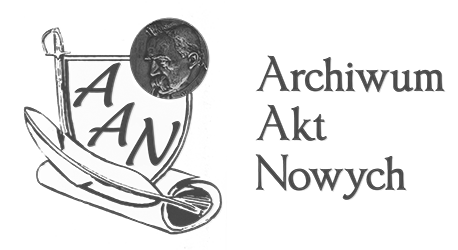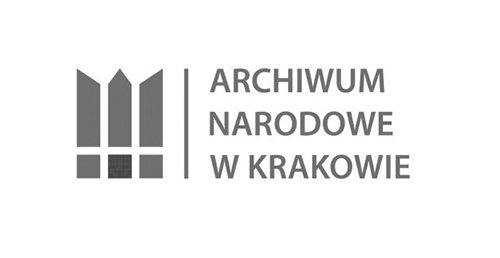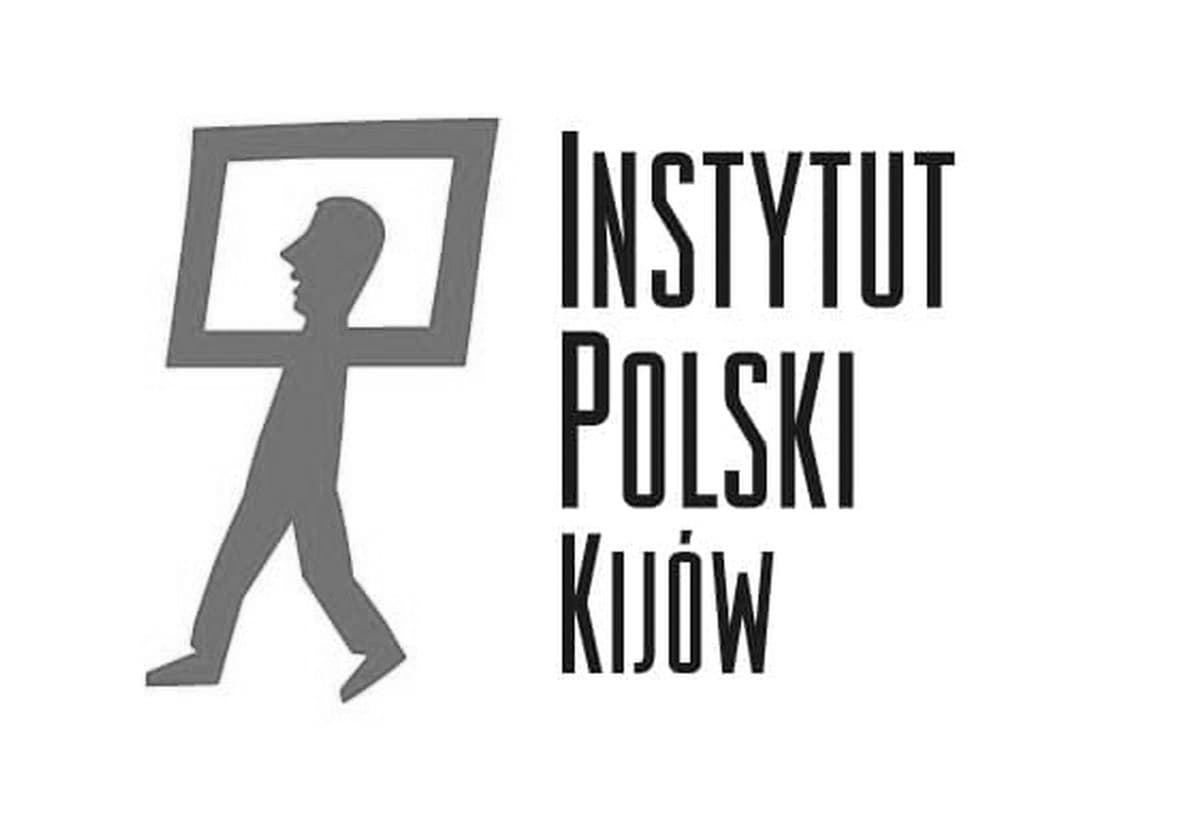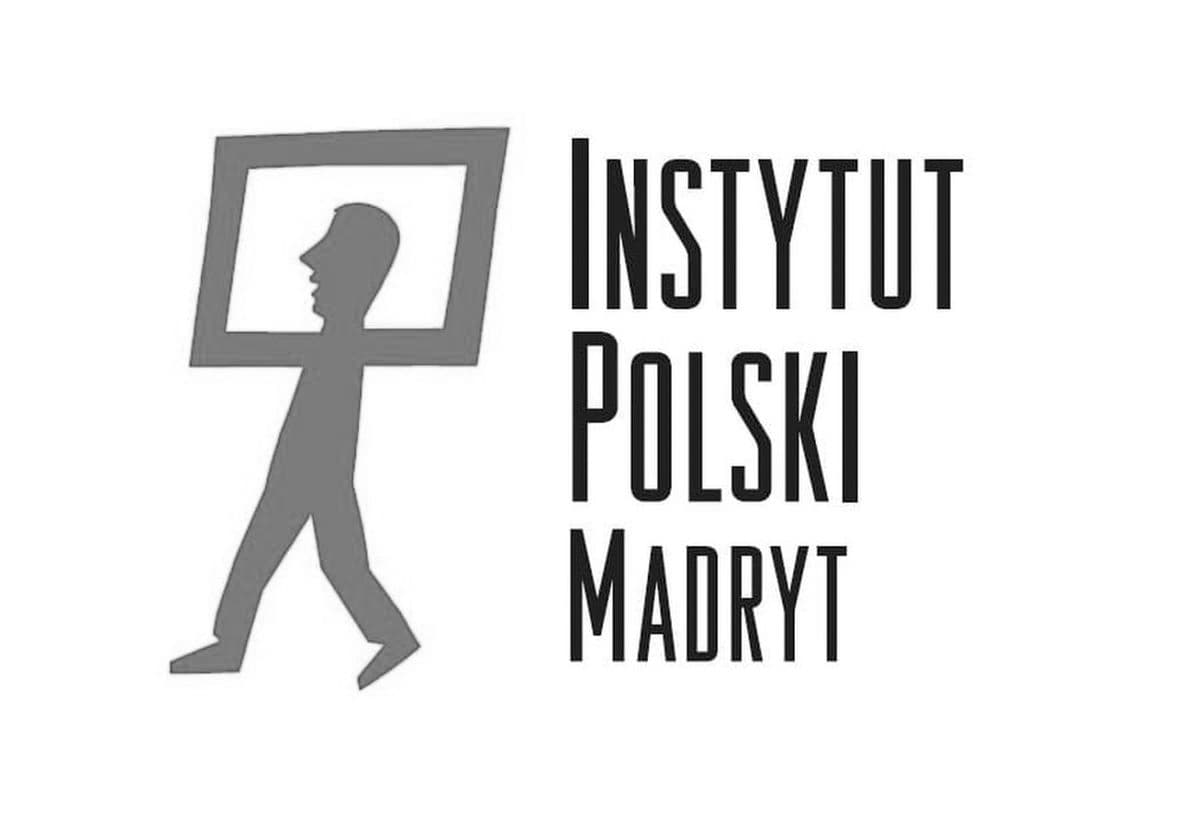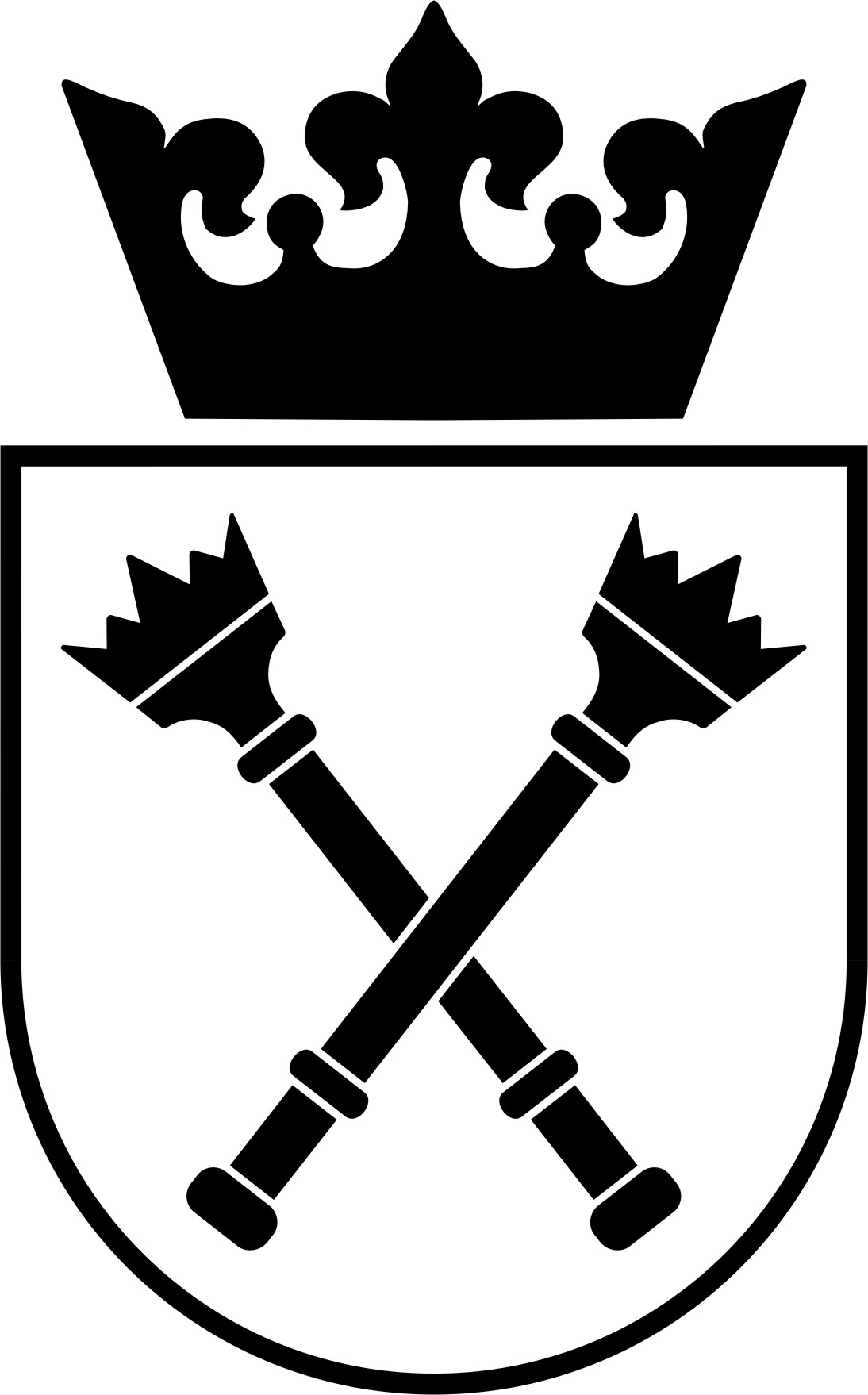From the floor to Heaven
All Saints’ Day, 1st November 1946, in the private chapel in Bishop’s
Palace in Kraków, on Franciszkańska St, cardinal Adam Sapieha ordains
one deacon. Only one.
St. Leonard's crypt at Wawel Castle, where Father Karol Wojtyła celebrated his first Mass. Photo: NAC
Drag timeline
1 listopada 1946
Święcenia kapłańskie Karola Wojtyły.
Advanced Holy orders
Holy orders were put forward because the new priest, Wojtyła, soon leaves for Rome to study. The moment of prostrating on the floor, which expresses “full readiness to take up one’s duties” had left a mark on his life, later he reminisced. In 1962, having that moment in mind he wrote a poem: “It is you, Peter. You want to be the Floor, so others may walk upon you”.
Kraków’s saints
The saints meant a lot to Karol Wojtyła. The example of brother Albert Chmielowski, a painter and a monk (not yet canonised then) influenced his choice of consecrated life. Wojtyła wrote about him: “For me, he had a great meaning because during my own disconnect from art, literature and theatre, in him I found spiritual sustenance and an example of choosing the path of calling” (John Paul II, Gift and Mystery). For that man Wojtyła wrote the play “Our God’s Brother”.
Pope Paul VI
Cardinal Wojtyła actively strived for canonisations of Polish saints at the Holy See. In 1968 during the Conference of the Polish Episcopate, cardinal Wojtyła related his visit in Vatican and his conversation with the Pope: “I was told(…) in the congregation of the rite, that father Kolbe’s case should be finished next year. When I mentioned Father Kolbe, The Holy Father asked: But what about the case of queen Jadwiga? (..) I even wrote this down for the Holy Father, those cases: father Kolbe’s, queen Jadwiga’s, brother Albert’s, because he said: We need a beatification for Poland, no matter if it is a bishop, or a priest, or a layman” (the quote is taken from audio recordings of Conferences of the Polish Episcopate, which are located in the Archives of the Archdiocese of Warsaw).
Different paths to Heaven
From great many people beatified and canonised by John Paul II, the large number of martyrs deserve our special attention. Among them, victims of the 20th century regimes, 108 polish martyrs from the World War II and the most numerous group: 233 Spanish martyrs from the time of the Civil War. John Paul II beatified also large groups of Asian martyrs from China, Korea and Vietnam alongside martyrs of the French Revolution.
Additionally, the Polish Pope showed the world new examples of sainthood. It was him, who beatified first married couple – Luigi Beltrame Quattrocchi and Maria Corsini. This way, he showed that marriage is a valid way to sainthood, confirming the teaching of the Catholic Church about general vocation for holiness. That “everyone, that all the faithful of Christ of whatever rank or status, are called to the fullness of the Christian life and to the perfection of charity” (Lumen gentium, 40).
On October 1st, 1946, deacon Wojtyła was lying in a chapel on Franciszkańska St, his forehead touching the floor. On that day, when he received the Holy orders, the All Saints accompanied him. As the Pope John Paul II, he canonised many a saint, and later, he was recognised as a saint himself.
Barbara Stefańska
Event Place
Choose location...
Pałac Biskupi w Krakowie
Keywords
General:
Persons index:
Geographical index:
Date:
Project implemented by: 

Project co-financed by: 

Patronage: 

Partners: 